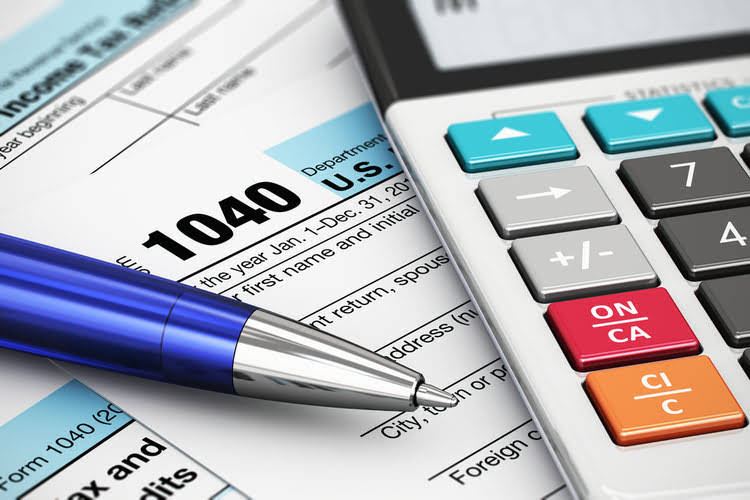How Dividends Affect Stockholder Equity

While retained earnings help improve the financial health of a company, dividends help attract investors and keep stock prices high. Retained earnings represent a useful link between the income statement and the balance sheet, as they are recorded under shareholders’ equity, which connects the two statements. The purpose of retaining these earnings can be varied and includes buying new equipment and machines, spending on research and development, or other activities that could potentially generate growth for the company. This reinvestment into the company aims to achieve even more earnings in the future.
How to Calculate Business Market Cap

The decision to retain earnings or to distribute them among shareholders is usually left to the company management. However, it can be challenged by the shareholders through a majority vote because they are the real owners of the company. Smokeable products are the majority of Altria’s $11.4 billion in operating profits today, but they’re increasingly getting replaced by new nicotine products in vaping and nicotine pouches. The company’s recent acquisition of the Njoy brand has a market share of 4.3%, which grew by 0.6 percentage points last quarter. Now, the U.S. government and law enforcement are increasing crackdowns on illegal vaping devices, which should help Njoy greatly increase market share.

How are retained earnings calculated?
- Choosing dividend stocks is a great way to create an income stream investment strategy.
- Most shareholders prefer that companies issue retained earnings as dividends or reinvest them to increase their growth.
- On the other hand, high-growth companies usually pay relatively smaller dividends or no dividend at all.
- Businesses can calculate their retained earnings using either historical cost or current cost accounting methods.
- The amount of stock dividends paid out depends on the number of shares an investor owns, where one dividend equals a fraction of a share.
- Retained earnings are calculated through taking the beginning-period retained earnings, adding to the net income (or loss), and subtracting dividend payouts.
Paying off high-interest debt also may be preferred by both management and shareholders, instead of dividend payments. Dividends are a payout to shareholders in the form of either cash or additional shares on every share they hold. A shareholder must have purchased a stock by a certain date to be eligible to receive the next dividend. A stockholders’ equity account that generally reports the net income of a corporation from its inception until the balance sheet date less the dividends declared from its inception to the date of the balance sheet. A current liability account that reports the amounts of cash dividends that have been declared by the board of directors but not yet distributed to the stockholders. If a corporation has both common stock and preferred stock, the corporation’s stockholders’ equity (the corporation’s book value) must be divided between the preferred stock and the common stock.
How to Find Retained Earnings on Balance Sheet
As an investor, one would like to know much more—such as the returns that the retained earnings have generated and if they were better than any alternative investments. Additionally, investors may prefer https://www.bookstime.com/ to see larger dividends rather than significant annual increases to retained earnings. Recent 9% volume declines and a 2% decrease in profits for the smokeable category are concerning for investors.
Balance Sheet Assumptions
- Retained earnings are any profits that a company decides to keep, as opposed to distributing them among shareholders in the form of dividends.
- Cash dividends, the most common sort, are taxed at either the normal tax rate or at a reduced rate of 20%, 15%, or 0% for U.S. investors.
- Because stockholder equity reflects the difference between assets and liabilities, analysts and investors scrutinize companies’ balance sheets to assess their financial health.
- Cash dividends reduce cash on the asset side of the balance sheet, and they reduce the retained earnings in shareholder equity by an equal amount.
- Although we can calculate a corporation’s book value from its stockholders’ equity, we cannot calculate a corporation’s market value from its balance sheet.
- The book value of an entire corporation is the total of the stockholders’ equity section as shown on the balance sheet.
In addition to rewarding existing shareholders, the issuing of dividends encourages new investors to purchase stock in a company that is thriving. Small stock dividends aren’t all that common, and most investors aren’t familiar with them. It’s still important to understand how to account for them, however, so that you won’t be confused when they do occur. As mentioned earlier, retained earnings appear under the shareholder’s equity section on the liability side of the balance sheet.

Additional Paid-In Capital
When declaring stock dividends, companies issue additional shares of the same class of stock as that held by the stockholders. A company that lacks sufficient cash for a cash dividend may declare a stock dividend to satisfy its shareholders. Note that in the long run it may be more beneficial to the company and the shareholders to reinvest the capital in the business rather than paying a cash dividend.
Stockholders’ Equity Outline
The ultimate effect of cash dividends on the company’s balance sheet is a reduction in cash for $250,000 on the asset side, and a reduction in retained earnings for $250,000 on the equity side. By the time a company’s financial statements have been released, the dividend is already paid, and the decrease in retained earnings and cash are already recorded. In other words, investors will not see the liability do stock dividends decrease retained earnings account entries in the dividend payable account. After the dividends are paid, the dividend payable is reversed and is no longer present on the liability side of the balance sheet. When the dividends are paid, the effect on the balance sheet is a decrease in the company’s retained earnings and its cash balance. In other words, retained earnings and cash are reduced by the total value of the dividend.

